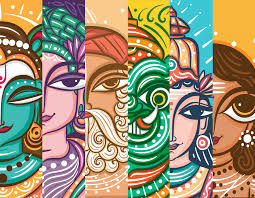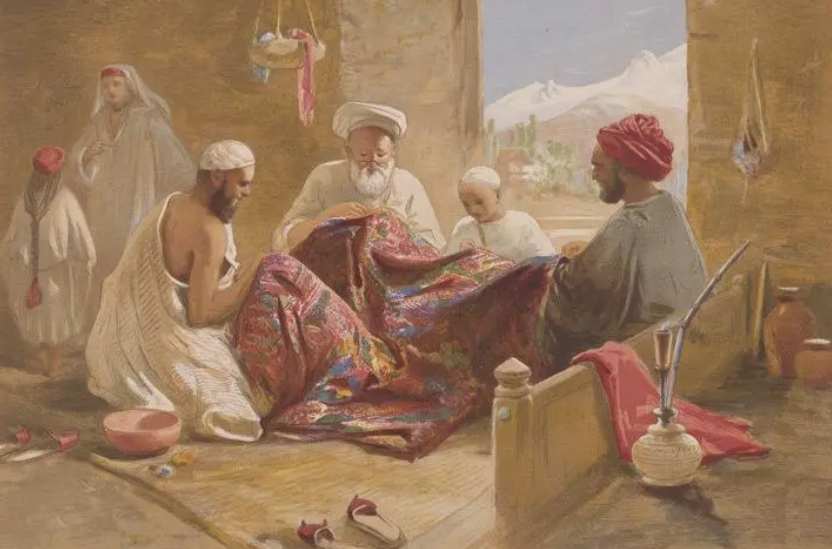
Menu

Pashmina, often referred to as the “soft gold” of Kashmir, is not just a fabric — it’s a centuries-old tradition, a labor of love, and a living legacy. Derived from the undercoat of Changthangi goats found in the high-altitude regions of Ladakh, this luxurious wool is hand-spun, hand-woven, and hand-embroidered by Kashmiri artisans who have perfected the craft over generations.
What makes Pashmina truly special is its unmatched softness, feather-light weight, and incredible warmth. Unlike machine-made shawls, authentic Kashmiri Pashmina is painstakingly woven on traditional wooden looms, where each piece can take weeks or even months to complete. The weavers, known locally as “Rafoogars,” pass down their skills from one generation to the next, preserving this delicate art form despite increasing mechanization and market challenges.
More than just fashion, Pashmina is deeply tied to Kashmiri culture and identity. It has been worn by royalty, gifted as treasures, and celebrated in poetry and folklore. Whether adorned with intricate Sozni embroidery or left in minimalist elegance, each Pashmina shawl tells a story of resilience, pride, and craftsmanship.
Today, as global appreciation for sustainable and handmade luxury rises, Kashmiri Pashmina is finding new admirers across the world. Efforts are also underway to protect its authenticity through GI (Geographical Indication) tagging, ensuring that the heritage and livelihood of the artisans remain intact.
Pashmina is not merely a product — it is heritage woven by hand, warmth worn by the soul.

@THE INDIAN ART COTTAGE
© The Indian Art Cottage | All Rights Reserved | 2025